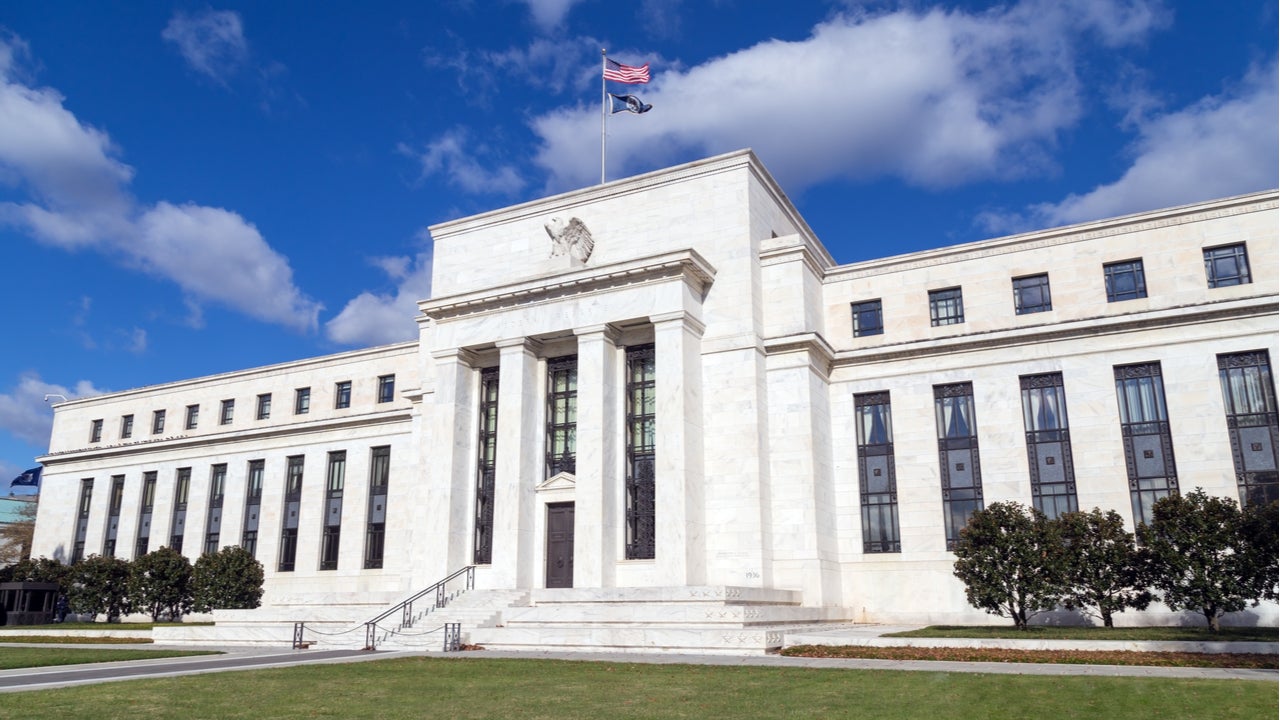How to save on auto loans despite a high federal funds rate

Key takeaways
- The Federal Open Market Committee (FOMC) sets the benchmark rate, which impacts the rates auto lenders set.
- When the federal funds rate fluctuates, so will the cost to finance a vehicle.
- The Fed increased the benchmark rate 11 times between early 2022 and July 2023, and has only just cut rates for the second time in November 2024.
- It will likely take several rate cuts before auto rates follow.
Over the last two years, Americans have dealt with steep auto loan rates as the Federal Reserve worked to quell inflation by pumping up the federal funds rate. As of November, these efforts appear to be paying off: The inflation rate is 2.4 percent, just half a percentage point above the Fed’s goal.
After the Federal Reserve’s November meeting, the federal funds target rate has seen its second cut since 2021. That said, while auto loan rates may decline over time, relief may be slow to arrive.
The Federal Open Market Committee sets the benchmark federal funds rate, which has a domino effect on auto loan rates.
How to save money regardless of the fed rate
The key to saving money is preparedness. So, while the cost to borrow money increases, there are still ways to find your lowest possible rate.
Apply for loan preapproval
By applying for auto loan preapproval, you can lock down your expected monthly cost before signing off on your vehicle. It gives you a firm grasp on the true cost of your new car and gives you a leg up during negotiation. You can also use the preapproved rate when comparing other loan options.
Consider a trade-in
Trading in your current vehicle is a great way to drive off with a new car while spending less cash on a down payment. It will also save you the headaches of selling your car privately.
Shop around
Experts recommend that you compare at least three different loan offers when looking for vehicle financing. Do not sign off on the first deal you come across, and understand that dealer financing often costs more than financing offered by outside lenders.
Only buy what you can afford
As with all large purchases, it’s essential to do the math ahead of time to ensure that you only sign off on a vehicle that you can afford. This way, you can ensure you can keep up with your monthly payments and be prepared for even the worst-case scenario.
Buy electric
While buying EVs tends to carry a higher purchase price tag, they can be much less expensive over the lifetime of ownership. Check out special tax credits offered in your state as well as green auto loans to save money on an eco-friendly vehicle.
The results of the November Fed meeting
At the November meeting, the Fed announced a rate cut of a quarter of a percentage point, putting the federal funds target rate at 4.5-4.75 percent. This comes after 11 rate increases through 2022 and 2023.
A lowered federal funds rate is the result of cooling inflation, and rates are expected to be cut again before 2025, according to the latest Summary of Economic Projections. Unfortunately, while the federal funds rate is no longer at a 22-year high, there may not be a reduction in the cost of auto loans for the average consumer.
“Throughout history, when inflation rises or even looks like it’s about to take off, the Federal Reserve has been called to action,” explains Sarah Foster, senior U.S. economy reporter at Bankrate.
They do this by “raising interest rates to cool demand and bring prices back into better balance,” she concludes. And this is what the FOMC has been up to — raising rates to try and address high inflation. But most Americans, she explains, see the pain before they see the gain.
Borrowers feel that pain when financing big-ticket items such as new vehicles. Lenders raised rates over the last few years in response to a higher benchmark rate. And these higher rates have, combined with higher prices, made a challenging environment for many.
Even with more rate cuts projected for the near future, it could take months for auto loan rates to see a significant drop.
Current state of the car buying market
After nearly two years of rate-raising by the Fed — and a return to normal for the supply chain — vehicle prices are finally leveling. Average transaction prices in September were down 3.4 percent compared to January, according to Kelley Blue Book.
In early 2023, new vehicle prices peaked close to $50,000, which, combined with higher rates, made for a steep monthly cost. Higher levels of inventory and growing vehicle incentives pushed previously high prices down. Unless the United Auto Workers strike extends into the fourth quarter, hurting inventory levels, prices are likely to continue shrinking.
Drivers financing used cars pay an average of $520 each month, and those financing new ones paid $737 each month, according to Experian.
“We’re seeing average transaction prices dip below $48,000 for the first time in more than a year,” said Rebecca Rydzewski, research manager at Cox Automotive, regarding September prices.
These price dips are good news for buyers, but higher interest rates will likely remain — at least until the end of the year.
The bottom line
While it’s true that a steep benchmark rate will impact your available rates, it is not all bad news. The FOMC has stepped in with a lower base rate, vehicle prices have declined and there are still ways to save money when financing your vehicle.
Stay up to date on current Federal Reserve news, understand how future changes can impact your budget and compare available loan rates.
You may also like

How to save for a down payment

How to pay off a car loan faster

How to save cash on dealership car loans



